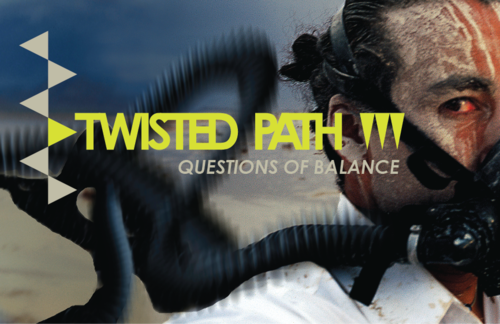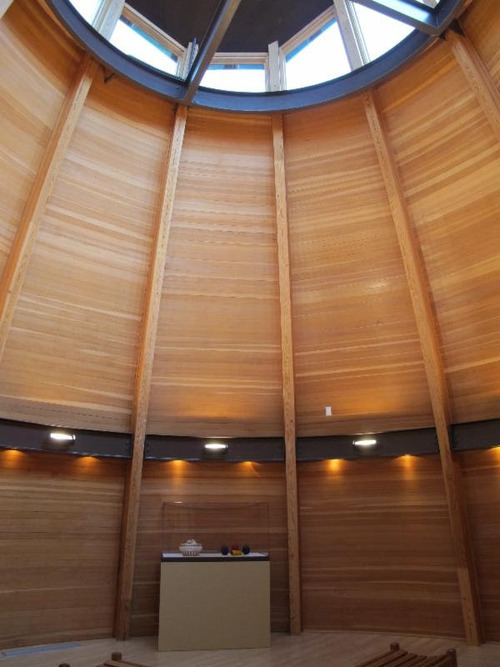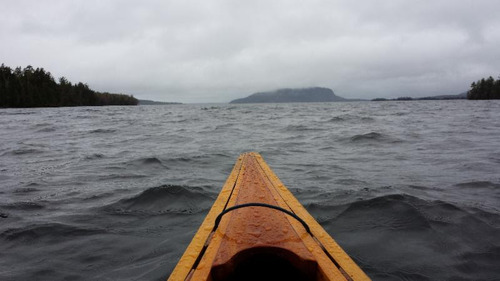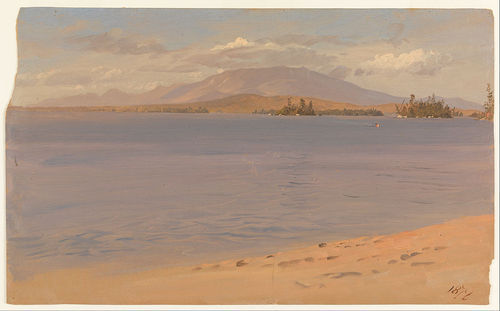Tuesday, March 10, 2015
Mt. Desert Community Progressive Dinner
March on Mt. Desert Community Progressive Dinner
5:00 - 7:30 pm
Join Mount Desert Street neighbors as we celebrate our community with
this annual progressive dinner.
- 5:15-5:30 pm at Abbe Museum: Conners-Emerson Play
- 5:30-6:00 pm at YWCA: Hors d'oeuvres
- 6:00-6:30 pm at St. Saviour's Church: Salad
- 6:30-7:00 pm at Jesup Memorial Library: Soup & Bread
- 7:00-7:30 pm at Congregational Church: Dessert.
Free, open to the public
Wednesday, March 11, 2015
PKMDI
5:30 -7:00 pm
The
PKMDI spring session will feature eight presentations, 6 minutes 20 seconds each (20 slides x 20 seconds), and will be emceed by Lyzz Bien. Midway through the presentations we'll break for an intermission.
Free and open to the public.
Location: Reel Pizza Cinerama, 33 Kennebec Place, Bar Harbor
Thursday, March 19, 2015
Coming Home Brown Bag Lunch Series with Donald Soctomah, Passamaquoddy Tribal Historic Preservation Officer
12:00 pm - 1:00 pm
Join us for the second program in our Brown Bag Lunch series with Passamaquoddy Tribal Historic Preservation Officer Donald Soctomah. The
Coming Home exhibit features several etched birchbark pieces made by Tomah Joseph—a famous birchbark worker from the Passamaquoddy community at Indian Township. Often featuring depictions of Passamaquoddy oral histories, Joseph’s work was sought after by museums and private collectors all over the world-even Franklin D. Roosevelt owned some of Joseph’s pieces. Soctomah is an expert on Tomah Joseph’s history and work, and has even written a children’s book about the birchbark worker’s friendship with FDR, called Remember Me.
Free and open to the public.
Location: Abbe Museum Downtown
Wednesday, March 25, 2015
Wabanaki Women’s Dialogue and Panel Discussion
6:00 pm - 8:00 pm

In the first half of this program, join Museum Educator and
Kikehtahsuwiw: It Heals Curator George Neptune, Passamaquoddy, and other museum visitors in a dialogue focused on the roles of women in Wabanaki and other cultures. Then, join a panel of Wabanaki women for a discussion of the
Kikehtahsuwiw: It Heals exhibit, and how the traditional role of women in Wabanaki cultures informs their contemporary work within the Passamaquoddy community.
Free and open to the public.
Location: Abbe Museum Downtown
Saturday, March 28, 2015
Winter in the Dawnland Storytelling and Craft Activity with Museum Educator George Neptune, Passamaquoddy
10:00 am - 12:00 pm
For the final program in the
Winter in the Dawnland series, join Museum Educator George Neptune, Passamaquoddy, to hear Wabanaki stories about Koluskap and the creation of the Wabanaki people. When Koluskap came to this land, there were no people here, so he took an arrow and shot a brown ash tree. From that tree, the Wabanaki people were born. To this day, Wabanaki people use strips of brown ash to weave their baskets. In the second part of the program, you will also have the opportunity to weave with ash and make your own woven bookmark to use while you wait for next year’s series!
Registration required, space limited. Recommended for families.
For more information, or to register, contact Museum Educator George Neptune, (207) 288-3519 or george@abbemuseum.org.
Location: Abbe Museum Downtown
























